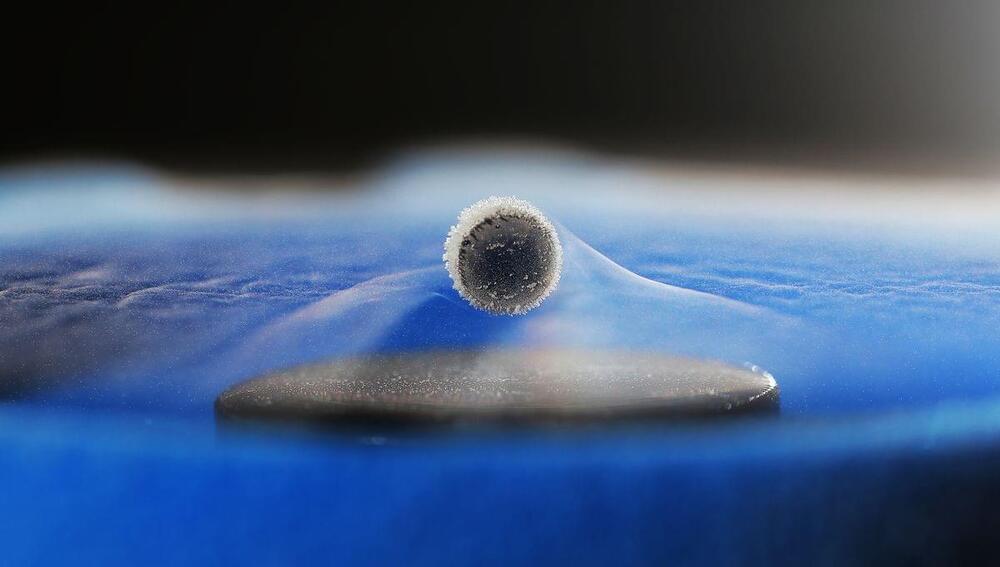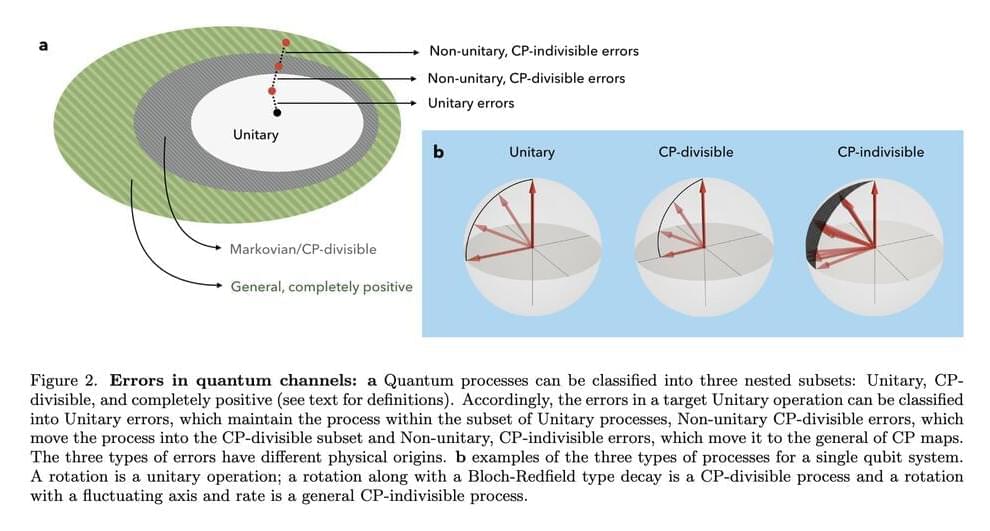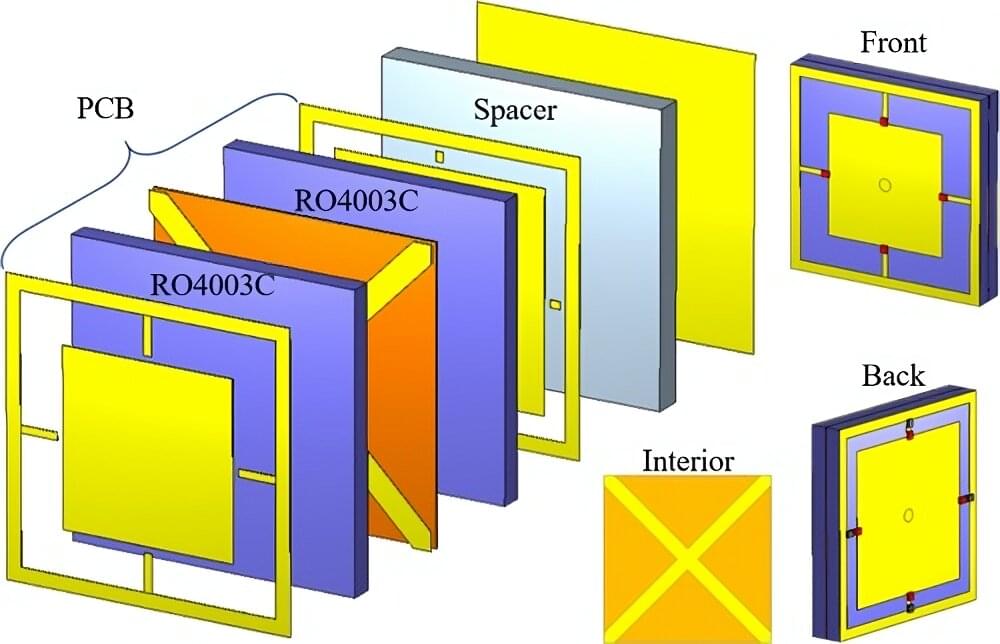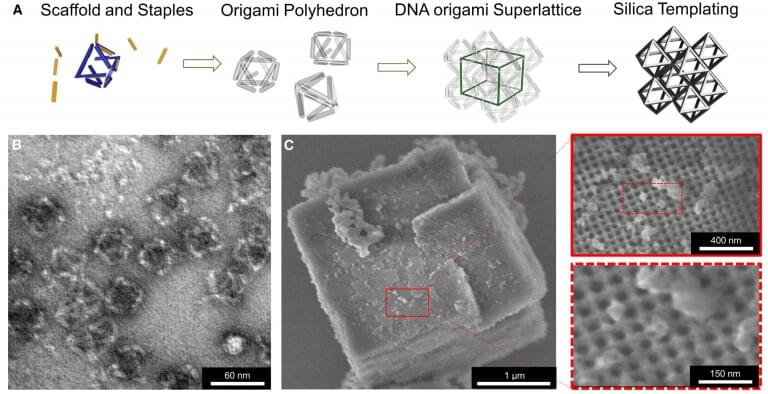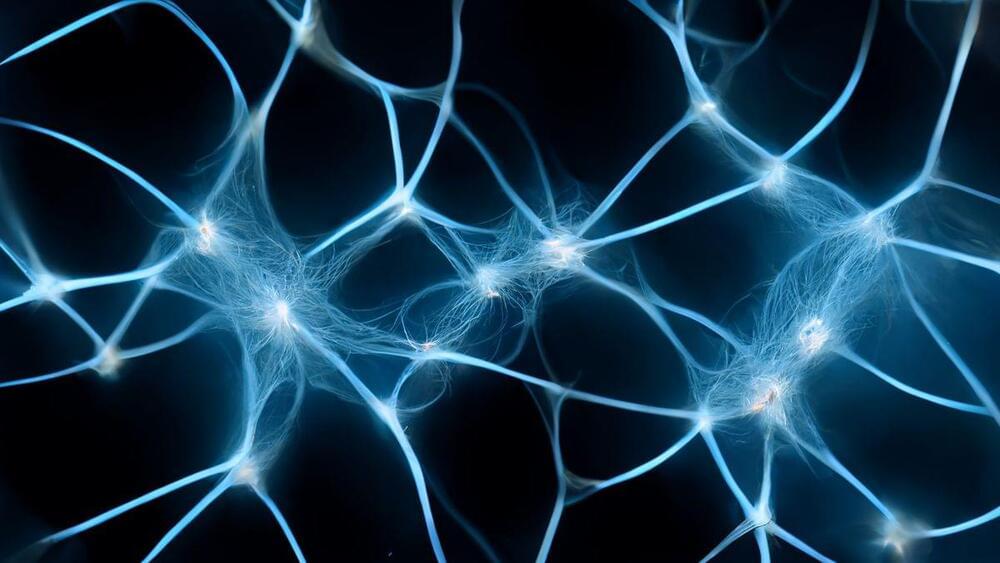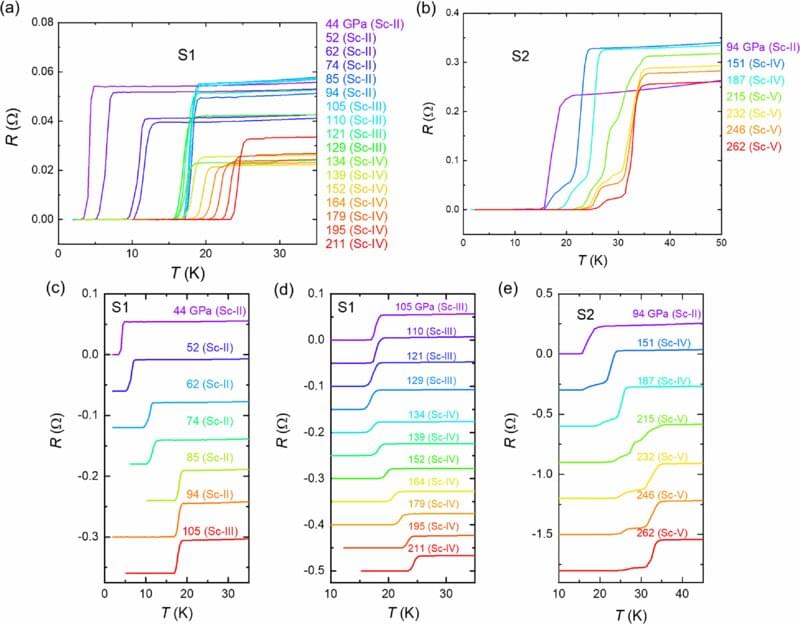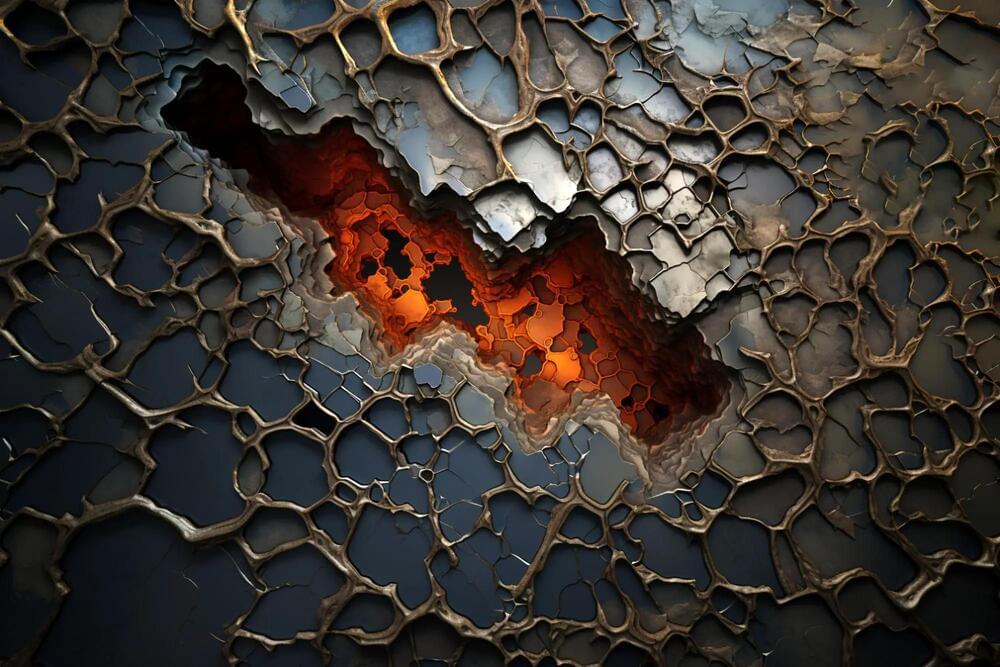Jul 26, 2023
First Room-Temperature Ambient-Pressure Superconductor Achieved, Claim Scientists
Posted by Dan Breeden in category: materials
South Korean scientists have announced the development of a room-temperature ambient-pressure superconductor. If the claim is verified, this will change the world. Superconductors transmit electricity without resistance and have a series of magnetic properties that make them invaluable in technological applications. Usually, superconductors need to be cooled down to very low temperatures. A superconductor capable of working outside the lab in regular conditions would be revolutionary.
However, the conditional clauses in the first paragraph are necessary. There have been previous claims of room-temperature superconductivity that have not panned out. The researchers uploaded a paper to arXiv, and it is unclear if it was submitted for peer review to a journal. IFLScience has emailed them to learn more about the research and the new material, which is called modified lead-apatite or LK-99.
One crucial aspect of superconductivity is critical temperature, the temperature below which the material becomes superconductive. The value stated for LK-99 is 127°C (261°F), meaning it could easily be employed in all environments on Earth. If this is confirmed, it would not be the only room-temperature superconductor. But it would be the first to not require enormous pressures to work.
